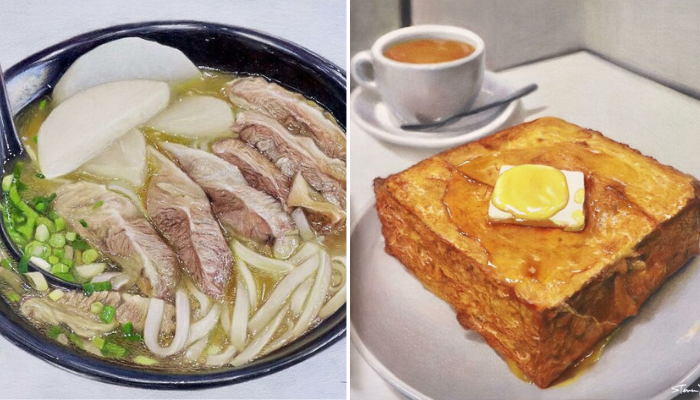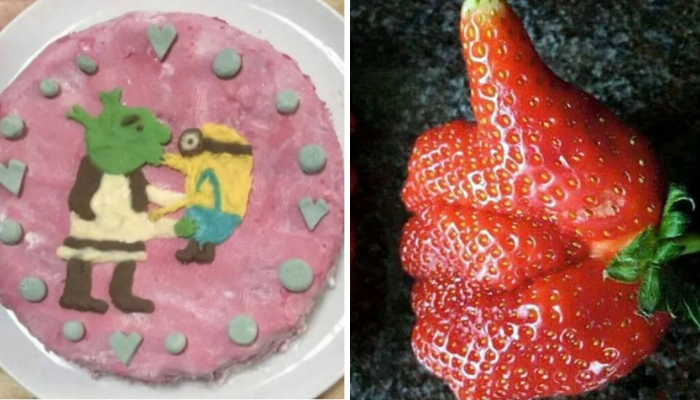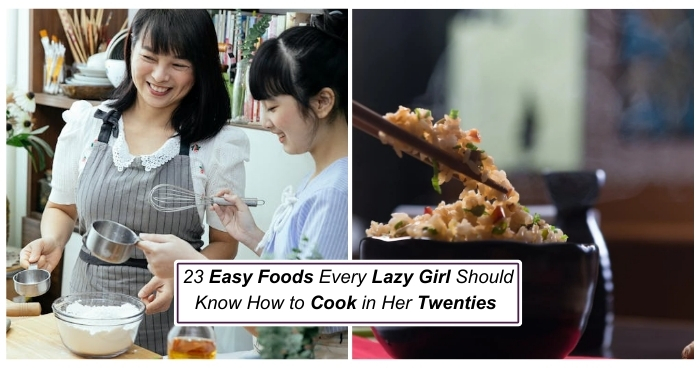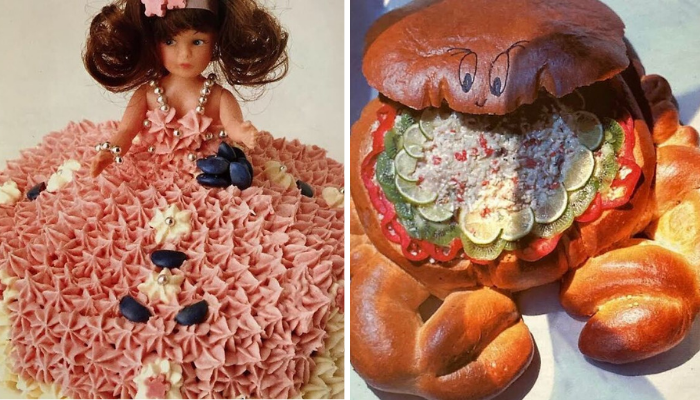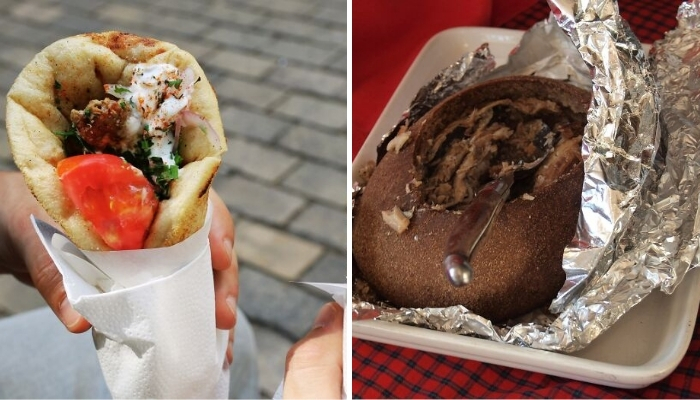30 Realistic Food Art Pieces by Steven Tang That Will Trick Your Eyes
At first glance, you’d probably think it’s a photo of some mouth-watering ramen or a crispy grilled cheese sandwich. But take a second look—it’s actually a hyper-realistic food drawing. Yep, not a photo. Just mind-blowing art! Steven Tang, a super talented young artist from Hong Kong, has turned heads on social media with his food art that looks too real to be fake.
Steven uses nothing but colored pencils, oil paints, and pastels to create these insanely real-looking meals. He adds every tiny detail—the shine of spicy sauce, the crunchy edges of toast, even the soft steam rising from hot noodles. If you’re into realistic drawing, art tutorials, or even just scrolling through food art on Instagram, this guy’s work will stop you in your tracks. His drawings don’t just show food—they make you feel it. Like you can almost smell it… and wanna take a bite.
Advertisement – Continue Reading Below
More info: Instagram | steventangart.com | Facebook | youtube.com
#1

Advertisement – Continue Reading Below
We had a fun chat with Steven Tang to hear all about his art journey and how he turns simple meals into jaw-dropping hyper-realistic food drawings. Steven told us he’s been drawing since he was a kid—starting with faces, animals, and then moving into the tasty world of food.
“In 2018, I drew a bowl of Tam Jai noodles using just colored pencils,” Steven shared. “It’s a popular comfort food here in Hong Kong. I posted it online and boom—it went viral.” His drawing caught the attention of local media, and soon people everywhere were talking about it. That one viral post opened the door to a whole new world of realistic food illustration. By 2022, Steven was invited to a big food-themed art exhibition, and from there, his love for drawing delicious-looking meals just kept growing. If you’re into art inspiration, pencil art, or even just viral food content, Steven’s story is seriously cool.
#2
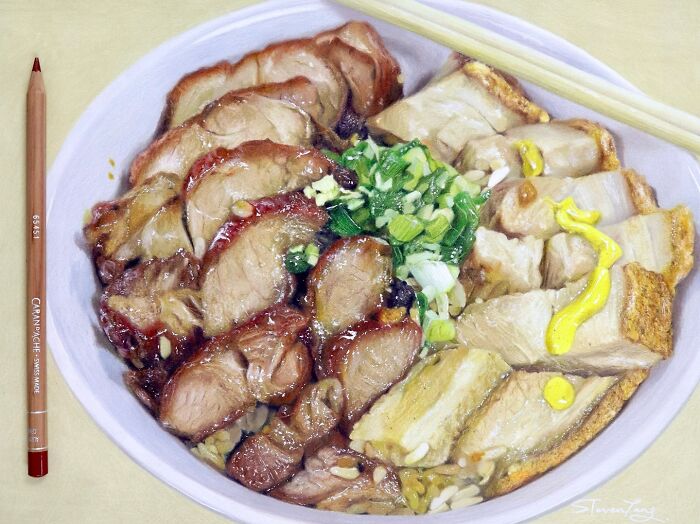
Advertisement – Continue Reading Below
#3
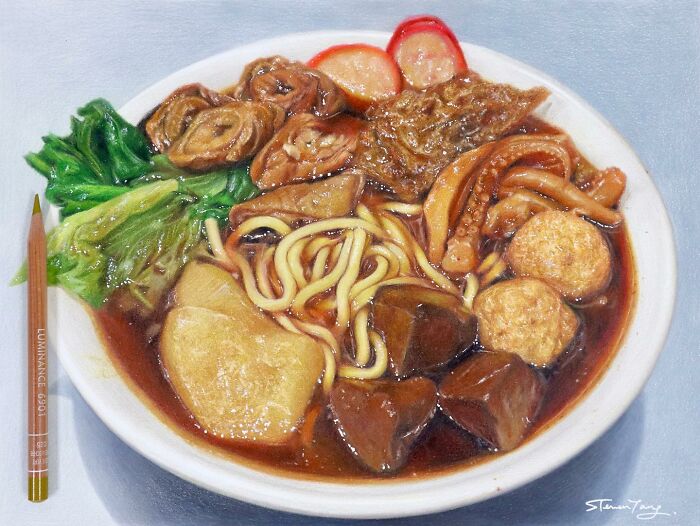
Advertisement – Continue Reading Below
Steven Tang gave us a cool behind-the-scenes peek into how he creates his ultra-realistic food artwork. It Steven Tang gave us a behind-the-scenes look at how he creates his crazy realistic food art drawings. It all starts with building his own custom reference photos. “I usually begin by sketching out the layout,” he says. “Then I either take photos of real food at restaurants or set up fresh ingredients in my studio to get the shot I want.”
After that, Steven studies every tiny detail—the color, texture, lighting, shadows, everything. He uses both his eyes and high-res photos to make sure every part looks super real. “My goal is to make it look exactly like the real thing,” he says. Some pieces take just a few days, but others can take months. “It really depends on how big or detailed the drawing is—and yeah, sometimes it depends on my mood too.” If you’re into realistic food illustration, how to draw food step by step, or wanna learn colored pencil techniques, Steven’s creative process is gold.
#4
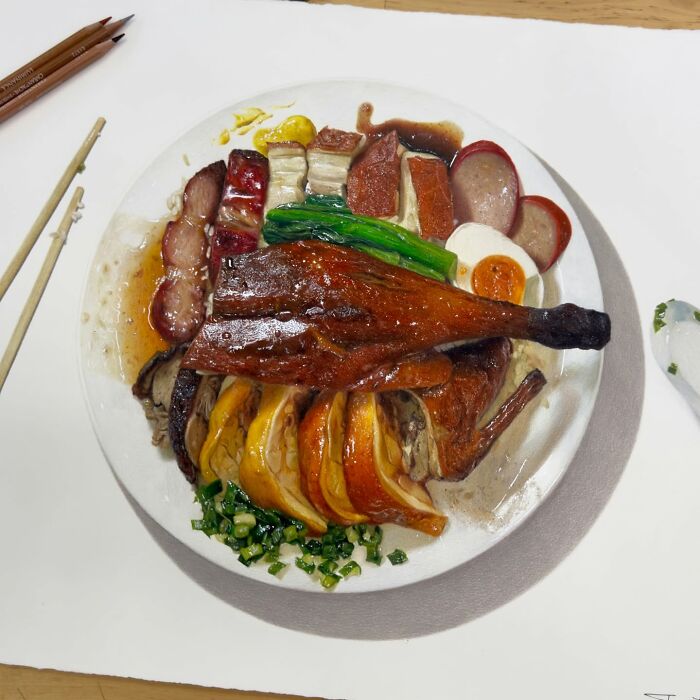
Advertisement – Continue Reading Below
#5
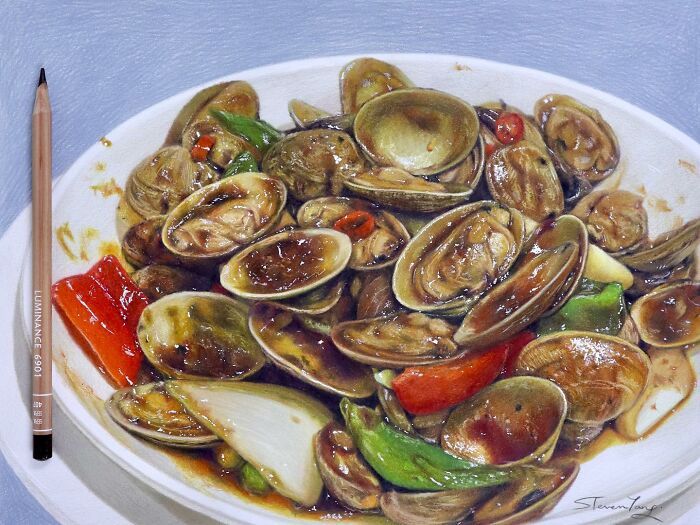
Advertisement – Continue Reading Below
Steven Tang says he gets the most inspiration from food he truly loves—especially those classic, old-school dishes he grew up eating in Hong Kong. “Whether it’s a pineapple bun, egg tart, or fish ball noodles,” he shared, “I try to capture the feelings behind the food. Not just how it looks, but what it means to people.” These aren’t just snacks—they’re memories.
Advertisement – Continue Reading Below
With every piece of his realistic food illustration, Steven wants people to almost taste the past. He hopes viewers can feel that cozy, happy vibe you get from comfort food. It’s more than just a pretty picture—it’s like a visual hug. A tribute to Hong Kong street food, Chinese bakery favorites, and the rich Asian food culture he grew up with. If you’re into food heritage art or wanna explore the emotion behind hyper-realistic drawing, Steven’s work hits deep.
#6
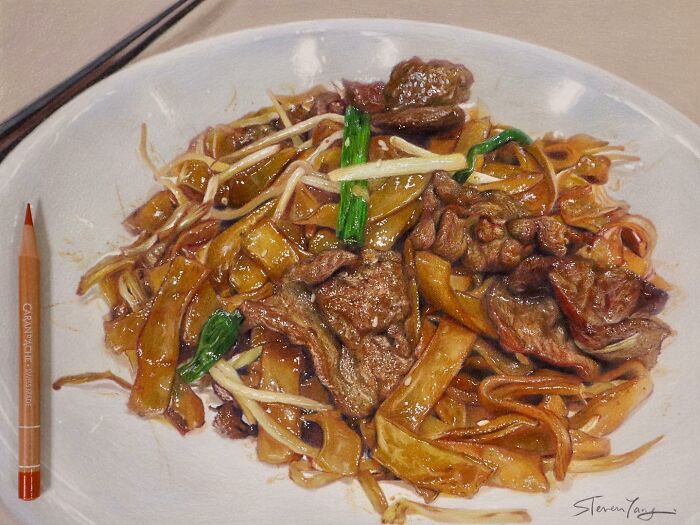
Advertisement – Continue Reading Below
#7
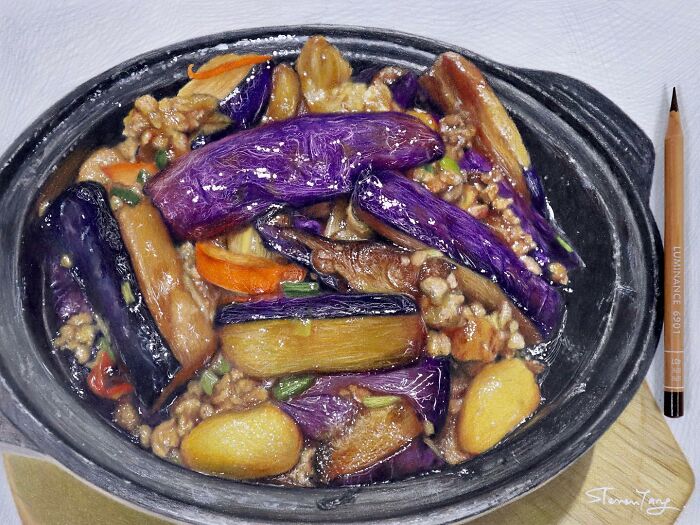
Advertisement – Continue Reading Below
Making these super realistic food art drawings isn’t always a piece of cake. Steven Tang says one of the toughest parts is drawing foods that don’t have much going on visually—like dishes that are all one color or don’t have a lot of texture. “That’s when I have to get creative,” he says. “I try out new angles, layouts, and compositions to keep it interesting.”
To make things pop, Steven plays around with contrast and uses smart pencil shading techniques to copy different textures—like the gloss on sauces or the crunch of a crispy crust. These little tricks help him turn even the plainest food into something that looks rich, tasty, and full of life. If you’re into realistic food sketching, color pencil art tips, or wanna learn how to draw food that actually makes people hungry, Steven’s got some awesome ideas.
#8

Advertisement – Continue Reading Below
#9
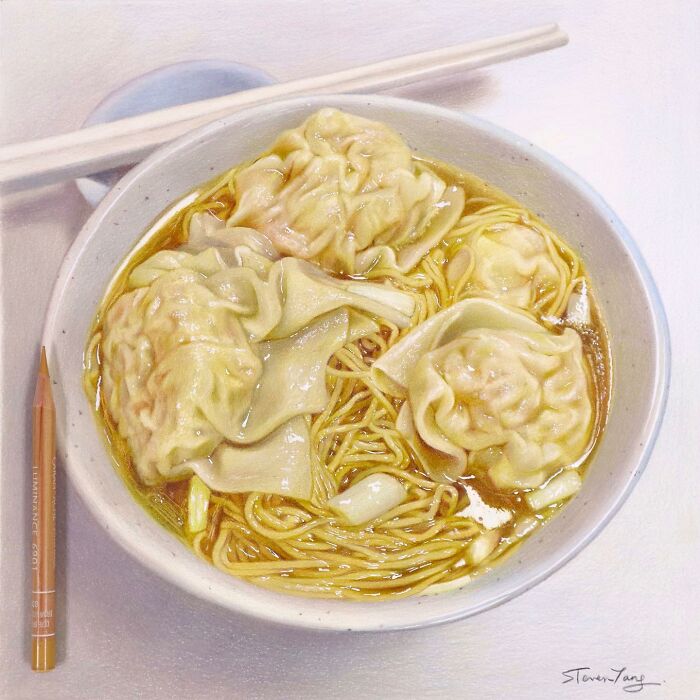
Advertisement – Continue Reading Below
#10
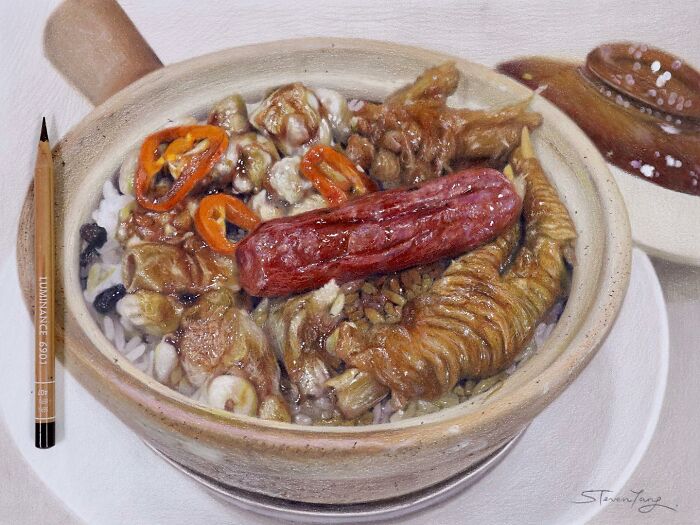
Advertisement – Continue Reading Below
#11

Advertisement – Continue Reading Below
#12

Advertisement – Continue Reading Below
#13

Advertisement – Continue Reading Below
#14
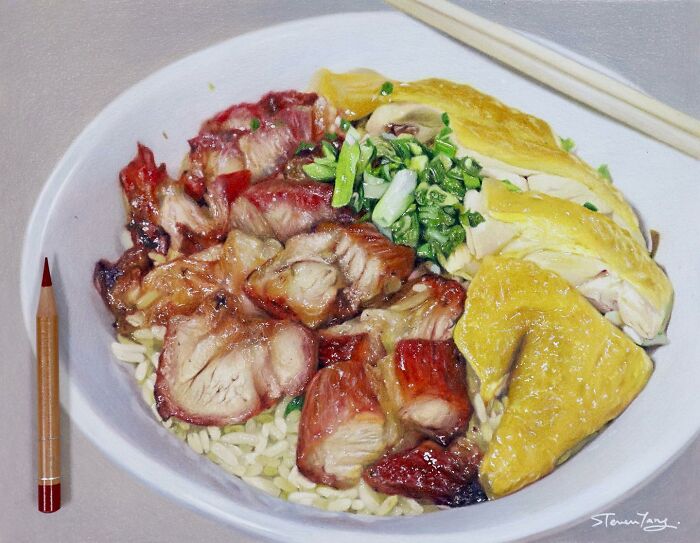
Advertisement – Continue Reading Below
#15
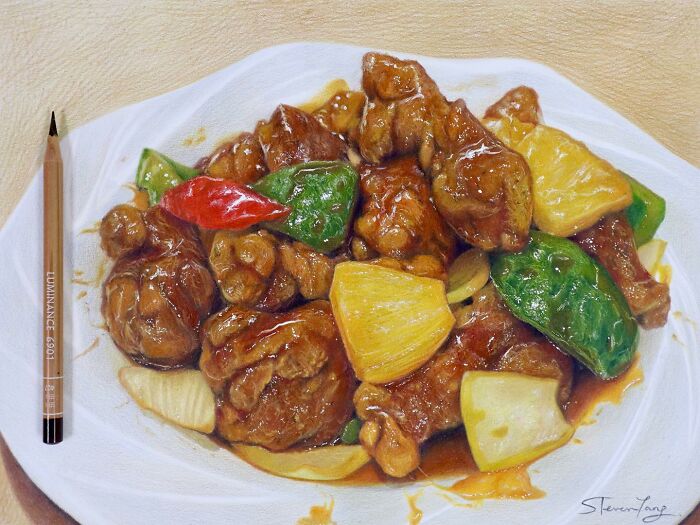
Advertisement – Continue Reading Below
#16

Advertisement – Continue Reading Below
#17
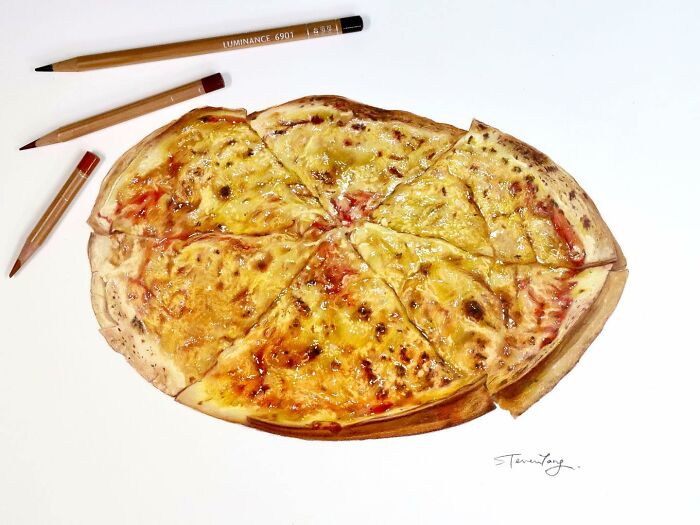
Advertisement – Continue Reading Below
#18
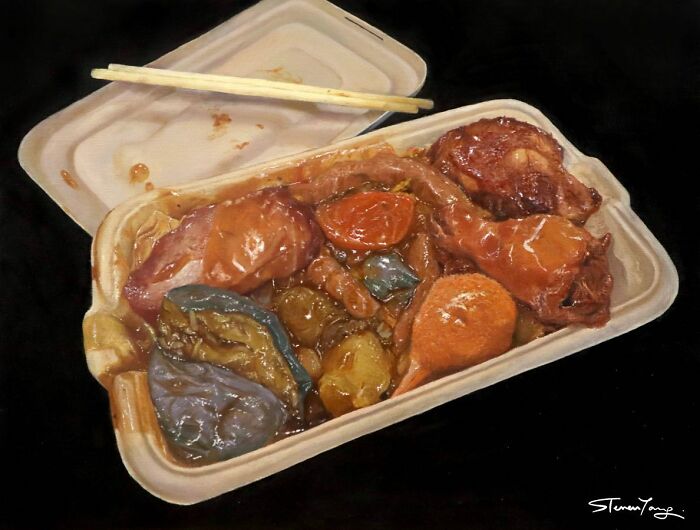
Advertisement – Continue Reading Below
#19
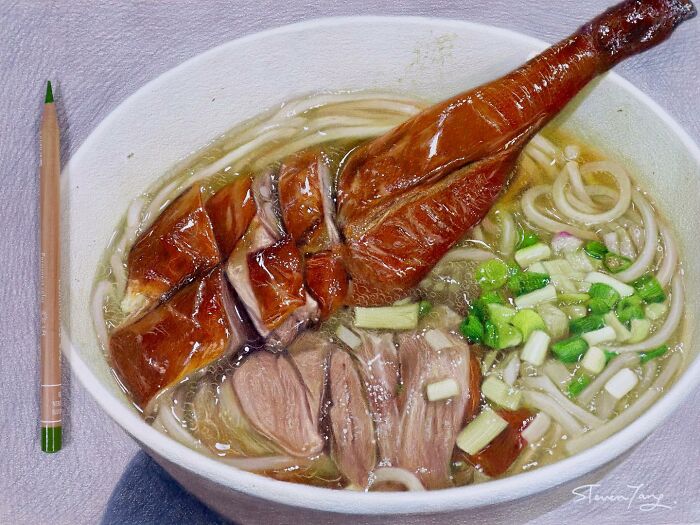
Advertisement – Continue Reading Below
#20
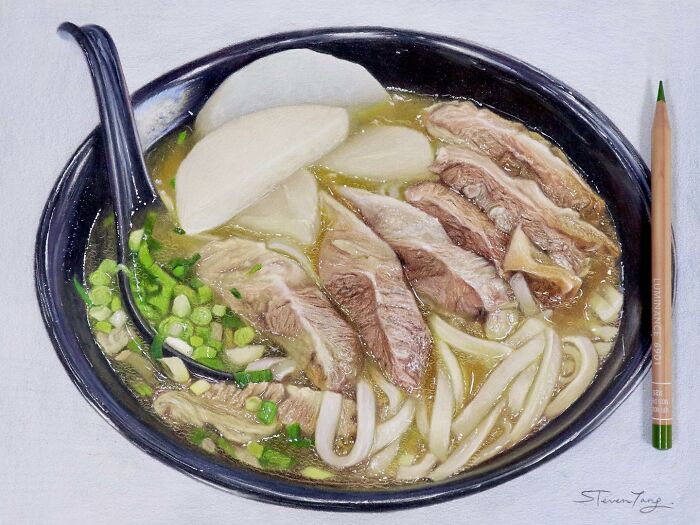
Advertisement – Continue Reading Below
#21
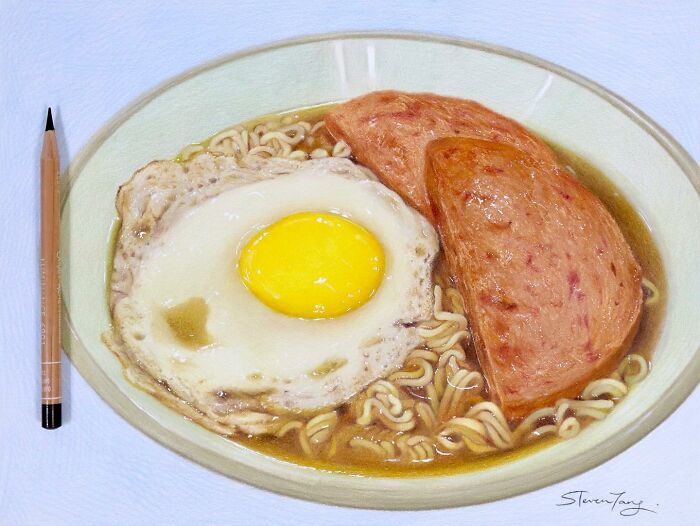
Advertisement – Continue Reading Below
#22

Advertisement – Continue Reading Below
#23

Advertisement – Continue Reading Below
#24
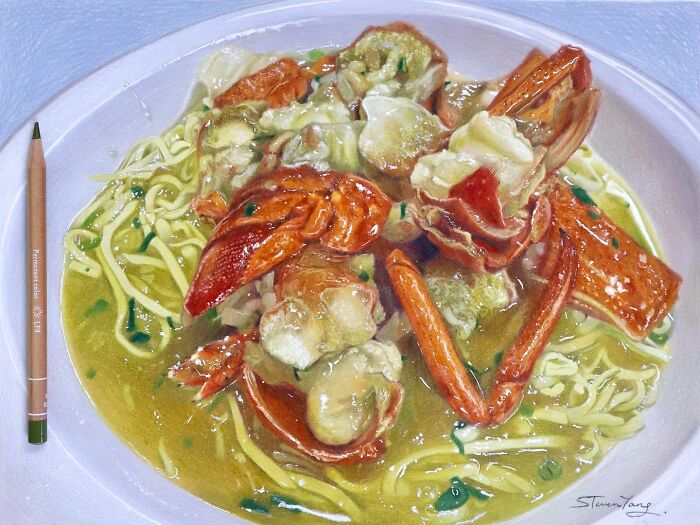
Advertisement – Continue Reading Below
#25
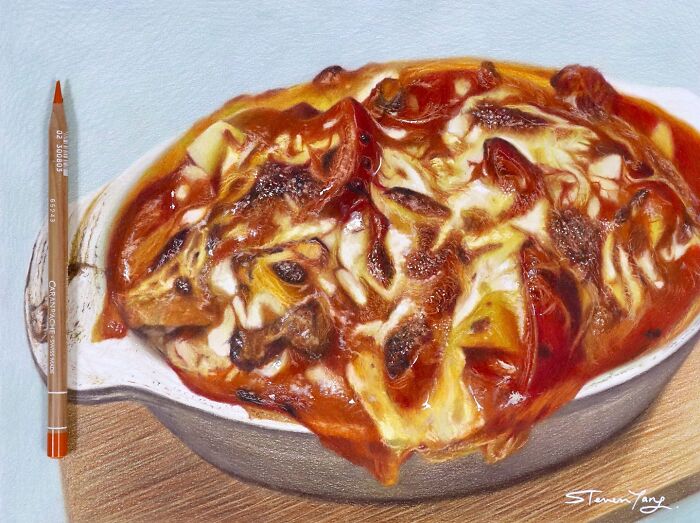
Advertisement – Continue Reading Below
#26
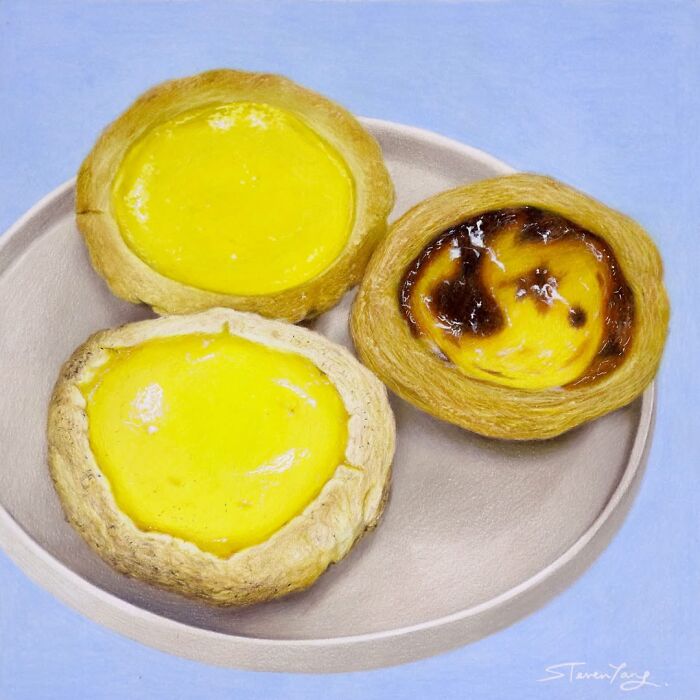
Advertisement – Continue Reading Below
#27

Advertisement – Continue Reading Below
#28
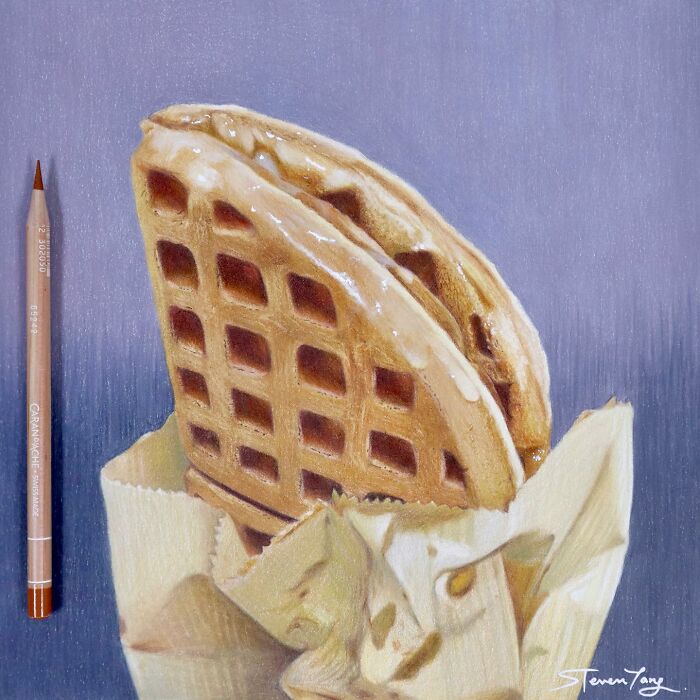
Advertisement – Continue Reading Below
#29
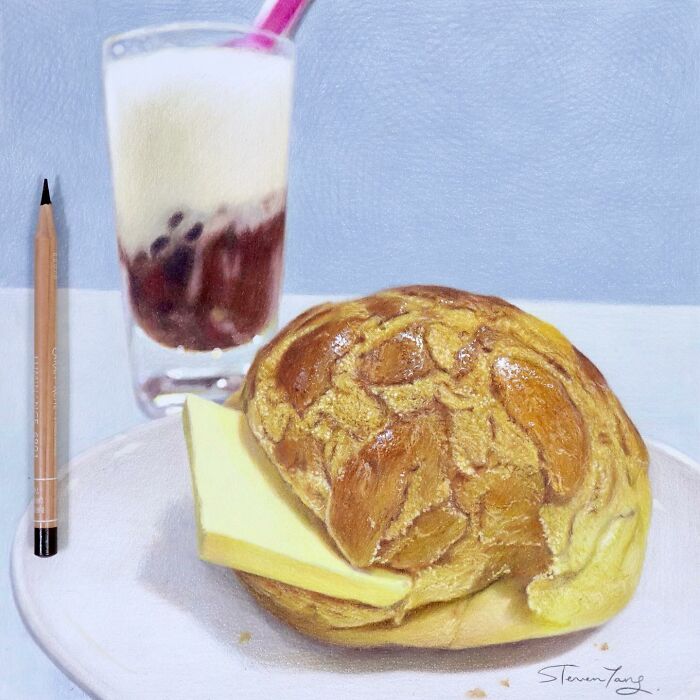
Advertisement – Continue Reading Below
#30
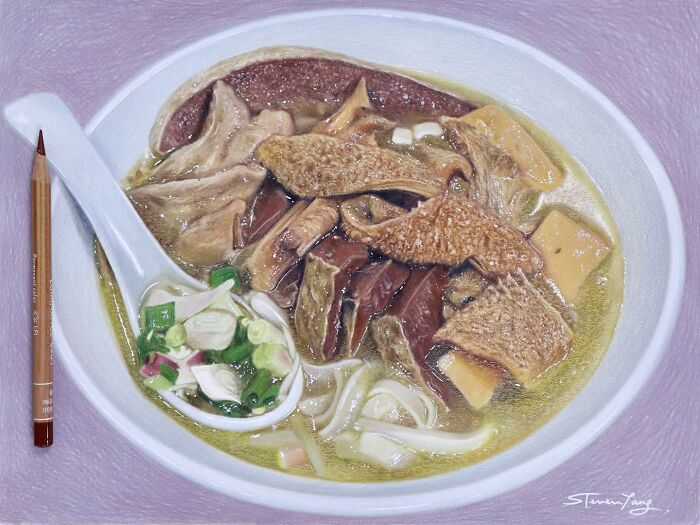
Advertisement – Continue Reading Below

